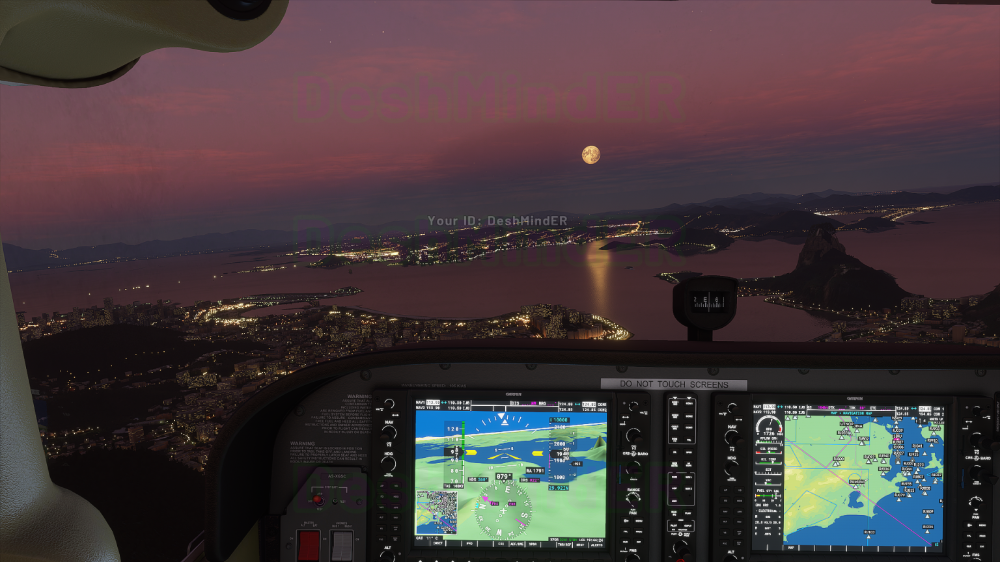Microsoft Flight Simulator – Which Edition to buy?
The new Microsoft Flight Simulator is perhaps the most ambitious flight simulator ever. I have been flight simming close to 2 decades now and never have I seen such excitement amongst not only hardcore flight simmers, but even casual gamers. Why? Because it really is just phenomenal with the best terrain quality and weather effects I have ever seen anywhere other than out my window.
Which Edition to buy?
Microsoft has given us three editions to choose from:
Microsoft Flight Simulator: Standard Edition – Windows 10 [Digital…
Standard Edition with 20 planes and 30 hand-crafted airports
Microsoft Flight Simulator: Deluxe Edition – Windows 10 [Digital…
Deluxe Edition with 25 planes and 35 hand-crafted airports
Microsoft Flight Simulator: Premium Deluxe Edition – Windows 10. ..
Premium Deluxe Edition with 30 planes and 40 hand-crafted airports
The only difference between these three are the extra planes and airports. The Deluxe edition gets 5 extra planes and 5 extra handcrafted airports. The Premium Deluxe gets 5 additional planes and hand-crafted airports in addition to the ones offered as part of the Deluxe edition.
Are the Deluxe edition planes worth it?
As a hardcore flight simmer, my answer would be yes. But if you are a casual simmer, I honestly don’t think you should get the Deluxe editions simply for the planes. Although I would still recommend the more expensive editions simply for the airports. The sim comes with 20 aircraft in the base edition, 25 in the Deluxe and 30 in the Premium Deluxe.
Most of the additional deluxe aircraft are of the smaller, tail-wheel type variety. These are actually more fun to fly because they are nimble and offer great views.
These are the 5 additional Deluxe Additional Aircraft
- Diamond Aircraft DA40-TDI
- Diamond Aircraft DV20
- Textron Aviation Beechcraft Baron G58
- Textron Aviation Cessna 152 Aerobat
- Textron Aviation Cessna 172 Skyhawk
And these are the 5 Premium Deluxe Additional Aircraft (in addition to the Deluxe ones)
- Boeing 787-10 Dreamliner
- Cirrus Aircraft SR22
- Pipistrel Virus SW 121
- Textron Aviation Cessna Citation Longitude
- Zlin Aviation Shock Ultra
There is enough variety in the standard edition aircraft, but the premium extras are nice to have.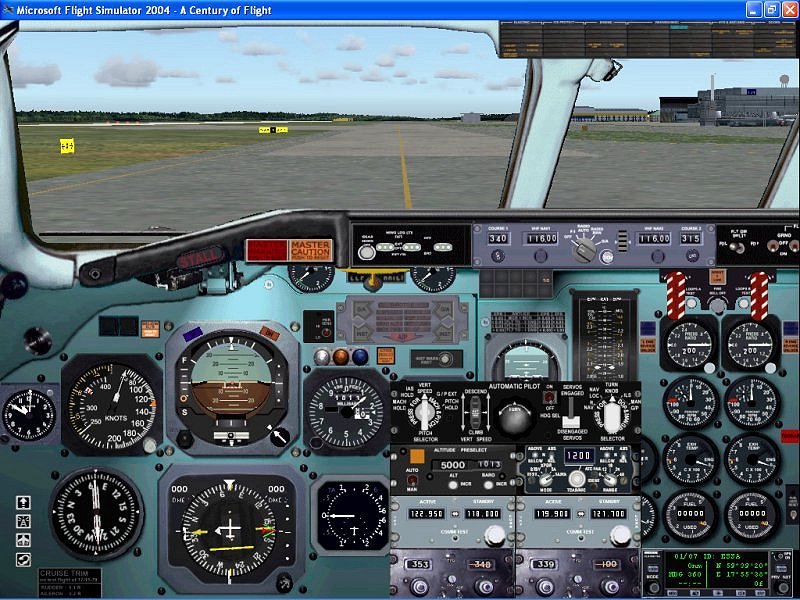 Just going to leave you with some images.
Just going to leave you with some images.
Are the hand-crafted airports worth it?
Microsoft Flight Simulator uses advanced AI to generate scenery, terrain and weather from satellite images and other data. There are tens of thousands of airports that have been thus generated. But they are not as detailed or accurate because it is still the AI making them. So Microsoft has handcrafted some airports based on very details specs to make them as close to reality as possible. These are obviously the biggest and busiest airports and I think they have done an amazing job with these.
Keep in mind that most civilian flight sims do charge for such handcrafted airports so it is not something new. Personally, I am very much interred in Amsterdam airport, O’Hare, Dubai, San Francisco, Heathrow so I went with the premium Deluxe buy you don’t have to. The difference is nice if you are a hardcore simmer but it’s not a deal breaker if you don’t get it.
These are the 5 Deluxe Additional Handcrafted Airports
- Amsterdam Airport Schiphol (Netherlands)
- Cairo International Airport (Egypt)
- Cape Town International Airport (South Africa)
- O’Hare International Airport (USA)
- Adolfo Suárez Madrid–Barajas Airport (Spain)
And the 5 additional Premium Deluxe Additional Airports (in addition to the Deluxe ones)
- Denver International Airport (USA)
- Dubai International Airport (United Arab Emirates)
- Frankfurt Airport (Germany)
- Heathrow Airport (United Kingdom)
- San Francisco International Airport (USA)
You can but the different editions here
Microsoft Flight Simulator: Standard Edition – Windows 10 [Digital.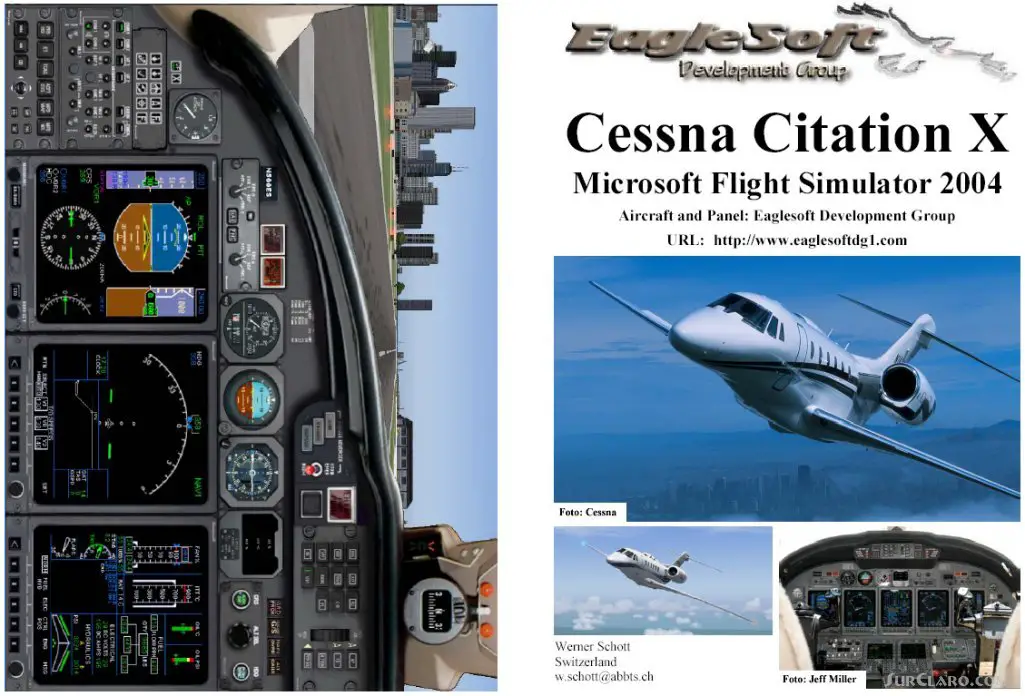 ..
..
Standard Edition with 20 planes and 30 hand-crafted airports
Microsoft Flight Simulator: Deluxe Edition – Windows 10 [Digital…
Deluxe Edition with 25 planes and 35 hand-crafted airports
Microsoft Flight Simulator: Premium Deluxe Edition – Windows 10…
Premium Deluxe Edition with 30 planes and 40 hand-crafted airports
Related Articles
About the Author
Microsoft Flight Simulator | Xbox
Microsoft Flight Simulator 40th Anniversary logo, planes and scenes from different parts of the world
GET IT NOW
Available now with Xbox Game Pass
JOIN NOW
Platforms:
Xbox Series X|S ● PC ● Cloud
— EUROGAMER
10/10
“the most incredible experience I’ve ever had on a computer”
— IGN
93
— Metacritic*
THE SKY IS CALLING
Take to the skies and experience the joy of flight in the next generation of Microsoft Flight Simulator.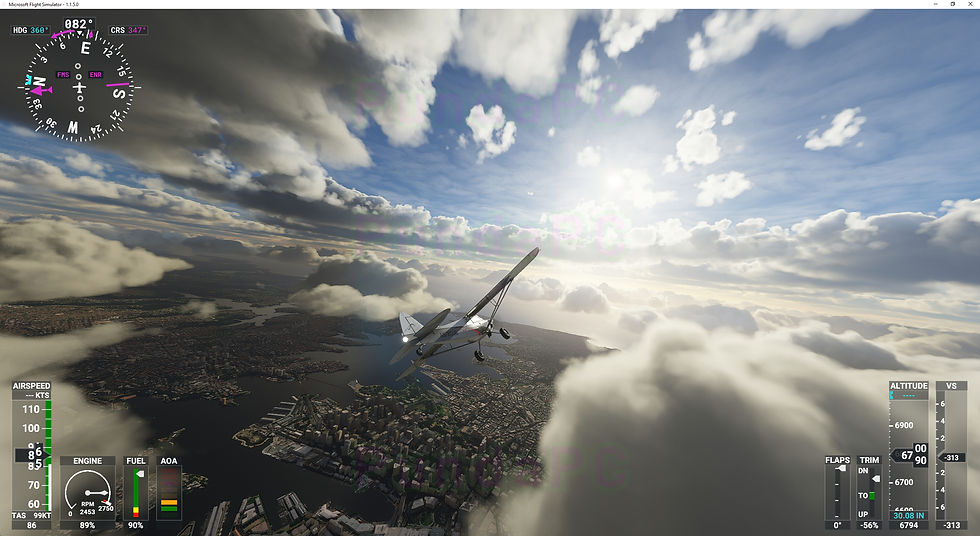 The world is at your fingertips.
The world is at your fingertips.
Trailers and gameplay
Discover your next favorite game
Play hundreds of high-quality games with friends, plus enjoy Xbox Live Gold and an EA Play membership, all for one low monthly price.
JOIN NOW
What’s new with Microsoft Flight Simulator
40th Anniversary Edition
This comprehensive edition introduces community-requested enhancements: helicopters, gliders, and a true-to-life Airbus A-310. Celebrate the history of aviation with newly added classic airports, beloved missions from previous generations of the simulator, and historically significant aircraft.
GET IT NOW
Become a Top Gun
See the movie this May and push your piloting abilities to the limits in Microsoft Flight Simulator. Get an exclusive F/A-18 livery, exhilarating training missions, thrilling challenges and more in the free expansion, included with Xbox Game Pass.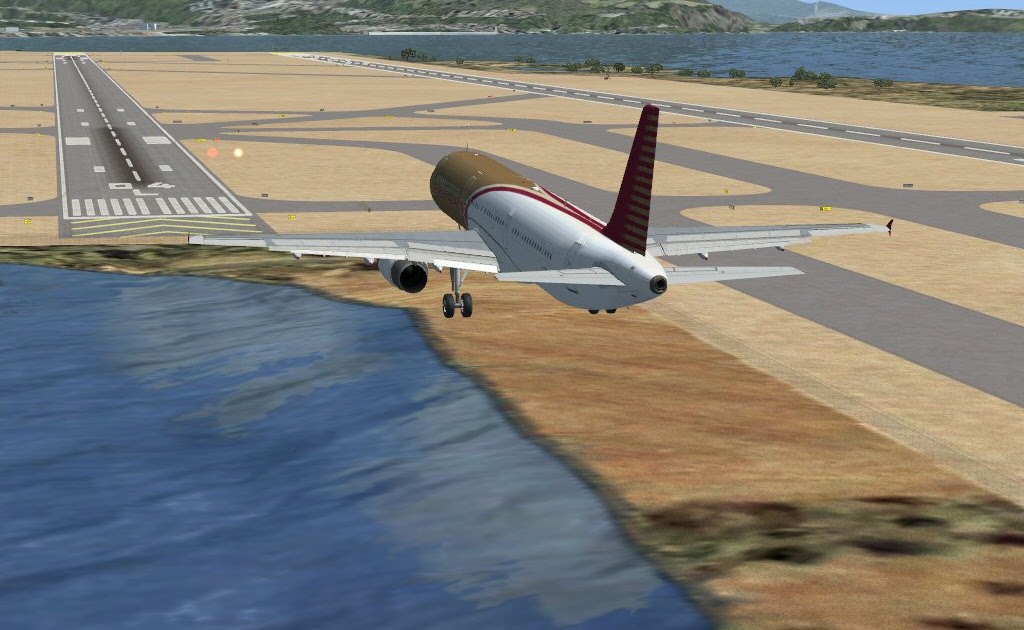 **
**
PLAY TRAILER
Pick up and fly
Play Microsoft Flight Simulator with cloud gaming on the devices you already own, including Xbox One.***
LEARN MORE
Game features
Explore the World
Travel the world in amazing detail with over 37 thousand airports, 2 million cities, 1.5 billion buildings, real mountains, roads, trees, rivers, animals, traffic, and more.
Earn Your Wings
Hone your pilot skills in a variety of aircraft from light planes to commercial jets with an experience that scales to your level with interactive and highlighted instrument guidance and checklists.
Test Your Skill
Fly day or night with live real-time weather including accurate wind speed and direction, temperature, humidity, rain, and lighting.
Why I Fly
Zara
Seeing the world is what called Zara Rutherford to fly solo around the globe, shattering world records as the youngest woman ever to do it wasn’t part of the plan.
PLAY VIDEO
Courtland
Inspired by hope, Courtland Savage became a pilot to change the faces in aviation, proving to young dreamers everywhere anything is possible.
PLAY VIDEO
Carl and Tiffany
When Carl and Tiffany Hancock take to the skies it’s a family affair. Follow this family of four into the air as they share the cockpit and a passion for new destinations.
PLAY VIDEO
Afton
When flight schools told Afton Kindade she was too young to fly she kept her dream alive. At 8 years old her dream came true when she began her aviation journey with an open-minded instructor. Find out what it means to fly like a girl and follow your calling.
PLAY VIDEO
Emilie
When she’s not flying for real, pilot and creator Emilie is streaming Microsoft Flight Simulator and looking to inspire the next generation of future female pilots.
PLAY VIDEO
Acepilot2k7
With Microsoft Flight Simulator’s real time weather capability, if it’s happening in the real world, it’s happening in the game. We follow Acepilot2k7 as he hunts Hurricane Laura down, and flies head in.
PLAY VIDEO
Shinji
Nothing could stop Shinji Maeda from following his dream to fly. Discover the true story of how Japan’s first one-eyed pilot took flight and how he’s helping the next generation of pilots answer their calling in the skies.
PLAY VIDEO
DEEKAY
In Microsoft Flight Simulator, you can explore the world with an immense community of fellow pilots of all skill levels and nationalities. Creator DEEKAY shares his passion for flying and bringing the community together.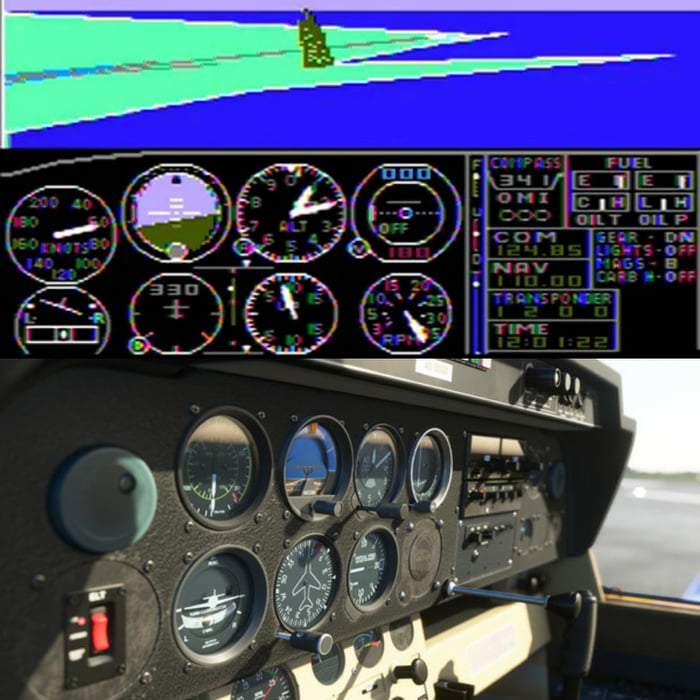
PLAY VIDEO
Jose and João Antunes
When travel was impossible this past year, Jose and João, a father and son from Portugal, found a way to see the world and bond through Microsoft Flight Simulator.
PLAY VIDEO
Squirrel
How does a flight in Microsoft Flight Simulator stack up against the real thing? Creator and private pilot “Squirrel” put the unparalleled realism of Microsoft Flight Simulator to the test.
PLAY VIDEO
Game details
From light planes to wide-body jets, fly highly detailed and accurate aircraft in the next generation of Microsoft Flight Simulator. Test your piloting skills against the challenges of night flying, real-time atmospheric simulation and live weather in a dynamic and living world.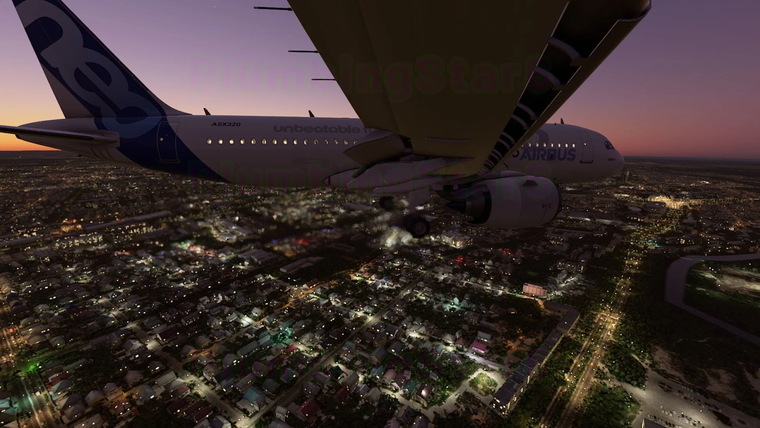 Create your flight plan to anywhere on the planet. The world is at your fingertips.
Create your flight plan to anywhere on the planet. The world is at your fingertips.
HDR: HDR functionality available with supported games and TVs.
Additional information
Rating Pending
- May contain content inappropriate for children. Visit ESRB.org for rating information.
Publisher
Xbox Game Studios
Developer
Asobo Studio
Genre
Simulator
Platforms
Xbox Series X|S
PC
Cloud
Release date
Xbox Series X|S: July 27, 2021
Windows 10 PC: August 18, 2020
Minimum requirements
| OS | Windows 10 (v. 1909) |
|---|---|
| Processor | Intel i5-4460, Ryzen 3 1200 |
| GPU | NVIDIA GTX 770, Radeon RX 570 |
| Memory | 8 GB RAM, 2 GB VRAM |
| Storage | 150 GB |
| DirectX | DirectX 11 |
Standard Edition
User rating:
3.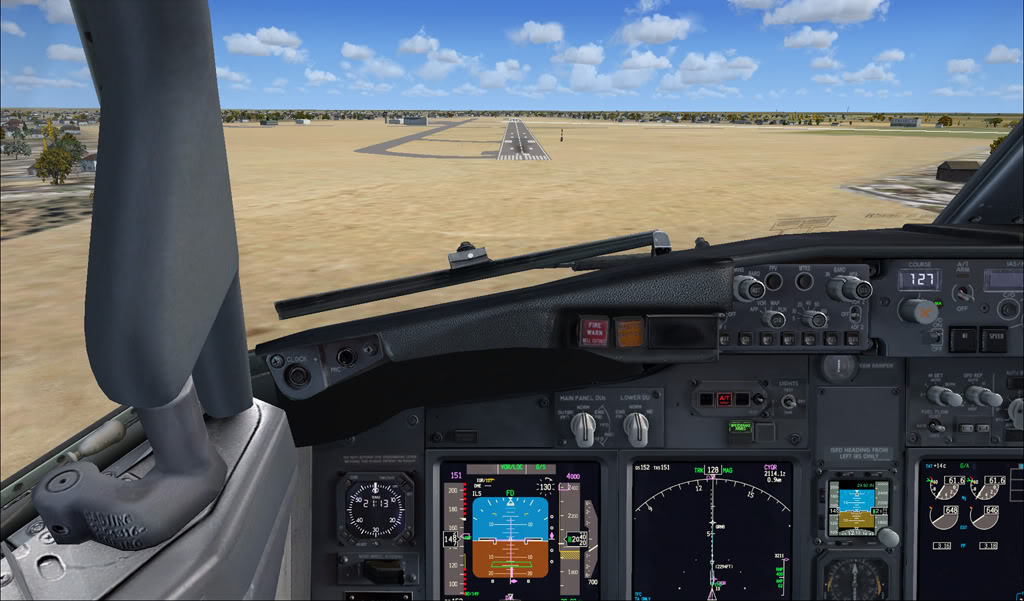 5/
5/
5
Included with Xbox Game Pass
Play Microsoft Flight Simulator and over 100 more high-quality games for one low monthly price with Xbox Game Pass.
JOIN XBOX GAME PASS
ALREADY A MEMBER?
Buy download
From light planes to wide-body jets, fly highly detailed and accurate aircraft in the next generation of Microsoft Flight Simulator. The world is at your fingertips.
The Standard 40th Anniversary Edition includes 37 highly detailed aircraft with unique flight models, 35 handcrafted airports, 4 classic commercial airports, 15 glider airports, and 14 heliports.
Xbox Series X|SPCSteam
PRE-ORDER NOW1
PRE-ORDER NOW1
PRE-ORDER NOW2
PRE-ORDER NOW2
3RD OPTION2
3RD OPTION2
Deluxe Edition
User rating:
3. 5/
5/
5
The Deluxe 40th Anniversary Edition includes everything from the Standard Edition plus 5 additional highly detailed planes with unique flight models and 5 additional handcrafted airports.
Xbox Series X|SPCSteam
PRE-ORDER NOW1
PRE-ORDER NOW1
PRE-ORDER NOW2
PRE-ORDER NOW2
3RD OPTION2
3RD OPTION2
Premium Deluxe Edition
User rating:
3.5/
5
The Premium Deluxe 40th Anniversary Edition includes everything from the Standard Edition plus 10 additional highly detailed planes with unique flight models and 10 additional handcrafted airports.
Xbox Series X|SPCSteam
PRE-ORDER NOW1
PRE-ORDER NOW1
PRE-ORDER NOW2
PRE-ORDER NOW2
3RD OPTION2
3RD OPTION2
Xbox Elite Wireless Controller Series 2 – Core (White)
LEARN MORE
Xbox Rechargeable Battery + USB-C
LEARN MORE
You must accept the Microsoft Services Agreement (microsoft.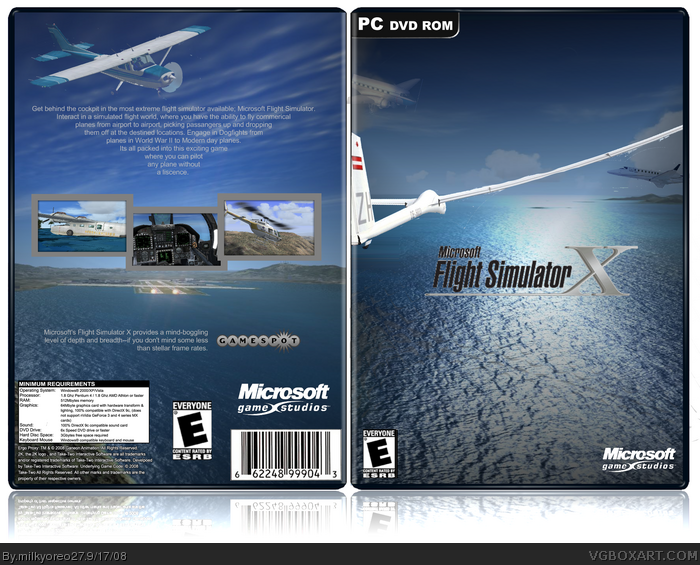 com/msa). Requires download(s) (significant storage, broadband internet connection and ISP fees apply). May require additional hardware and subscriptions. Xbox services and support not available in all regions (xbox.com/regions). Features and online services may vary by region and change or be retired over time. May contain in-game purchases. Requires a Microsoft Account. Except as required by law, codes are non-refundable.
com/msa). Requires download(s) (significant storage, broadband internet connection and ISP fees apply). May require additional hardware and subscriptions. Xbox services and support not available in all regions (xbox.com/regions). Features and online services may vary by region and change or be retired over time. May contain in-game purchases. Requires a Microsoft Account. Except as required by law, codes are non-refundable.
Xbox: Online console multiplayer/co-op requires Xbox Game Pass Ultimate or Xbox Live Gold (memberships sold separately). Cross-Generation gameplay may be limited to certain modes and features. Windows 10 PC: Performance scales with higher-end systems. WARNING: Some people may experience a seizure when exposed to flashing lights or patterns in video games (xbox.com/xboxone/healthandsafety).
AIRBUS and other Airbus product and service marks are protected trademarks of Airbus. All rights reserved. Officially licensed by Airbus.
Produced under license from Boeing./cdn.vox-cdn.com/uploads/chorus_asset/file/20790574/A320Montpelier.png) Boeing, 747, 787 Dreamliner, Dreamliner with crescent moon, Douglas, DC-3, F/A-18 Super Hornet and the associated distinctive logos, product marking and trade dress are trademarks of The Boeing Company.
Boeing, 747, 787 Dreamliner, Dreamliner with crescent moon, Douglas, DC-3, F/A-18 Super Hornet and the associated distinctive logos, product marking and trade dress are trademarks of The Boeing Company.
The Viking Air Limited names, emblems, body designs, logos and trademarks are the intellectual property of Viking Air Limited and are used under license to Microsoft Corporation.
Bell names, emblems, body designs, and logos are trademarks and intellectual property of Textron Innovations Inc. and are used under license to Microsoft Corporation.
The DG Aviation GmbH names, emblems, body designs and logos are trademarks and intellectual property of DG Aviation GmbH and are used under license to Microsoft Corporation.
*Source Metacritic.com August 24, 2020.
**© 2021 Paramount Pictures. All Rights Reserved.
***Server availability and wait times may vary.
Save [[PLACEHOLDER1]]
days
hours
minutes
day
hour
minute
[[PLACEHOLDER2]] remaining
[[PLACEHOLDER]] with Xbox Live Gold
[[PLACEHOLDER]] with Xbox Game Pass
[[PLACEHOLDER]] with EA Access
User rating
BUY NOW
PRE-ORDER NOW
DOWNLOAD NOW
box shot
Buy now, [[PLACEHOLDER]] at the Microsoft Store
Pre-order now, [[PLACEHOLDER]] at the Microsoft Store
Download now, [[PLACEHOLDER]] at the Microsoft Store
[[PLACEHOLDER]]
[[PLACEHOLDER]], learn more about ratings
An Introduction to the Flight Simulator Industry — DTF Flight Simulators
Flight simulators are an old genre, very old.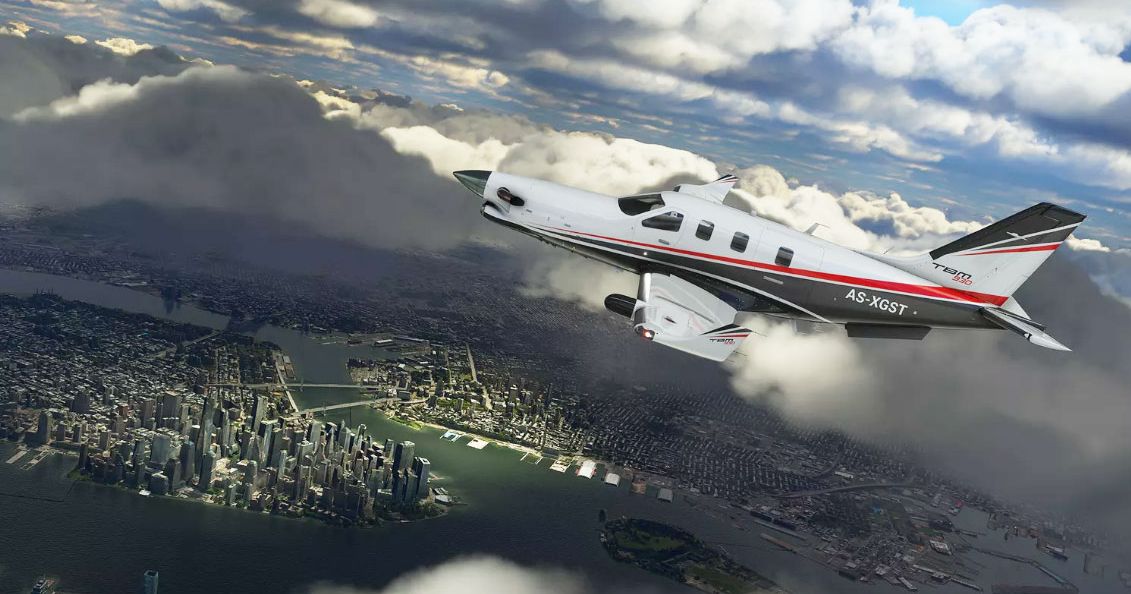 Even at the dawn of personal computers, they gave the opportunity to feel in the shoes of a pilot, take the helm and cut through the endless sky. And over the years, they have been relentlessly evolving, providing players with an ever more immersive experience time after time. Wireframe models have grown into millions of polygons, an incalculable number of other physical simulations have been added to the calculation of inertia along three vectors, but something has become unchanged over time — third party content .
Even at the dawn of personal computers, they gave the opportunity to feel in the shoes of a pilot, take the helm and cut through the endless sky. And over the years, they have been relentlessly evolving, providing players with an ever more immersive experience time after time. Wireframe models have grown into millions of polygons, an incalculable number of other physical simulations have been added to the calculation of inertia along three vectors, but something has become unchanged over time — third party content .
1081
views
Addons for flight simulators were created back in the 80s, today it is a whole industry, with its own peculiarities and rules. In this article I will try to slightly open the curtain in this tent. Pour yourself a cup of tea and enjoy reading!
A little about me
Former developer (modeler/animator) of such teams as: S4F, DFD, FBW, Synaptic. For some time he was in Just Flight. He also founded his own team.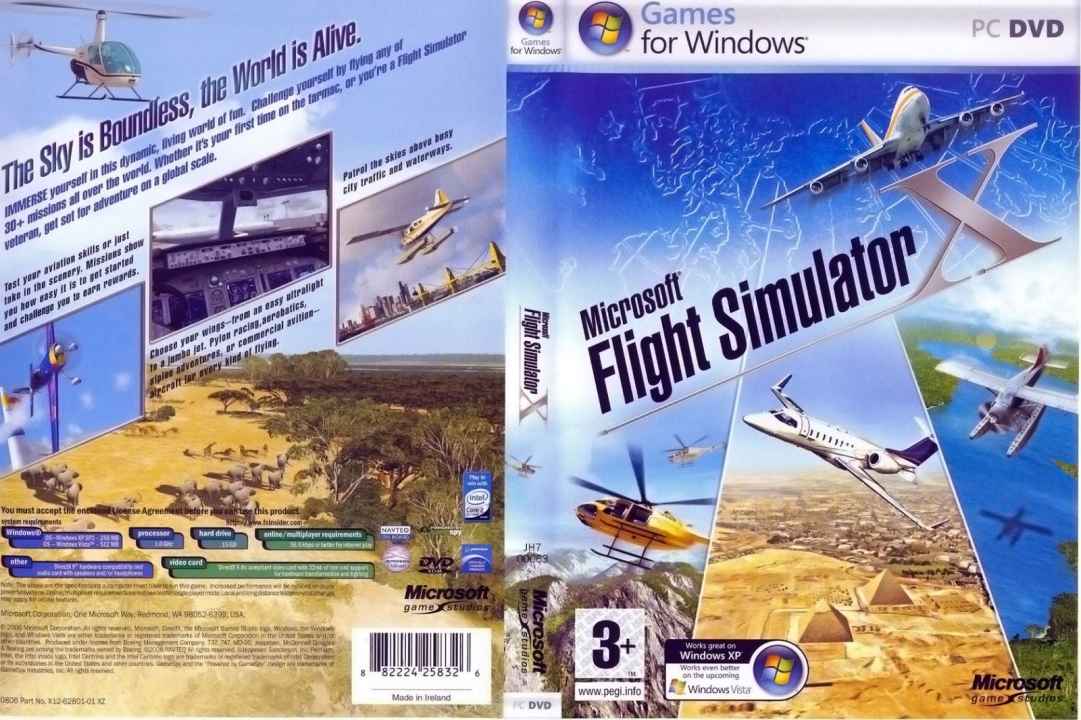
Started with MFSX, jumped off to X-plane 11 and then to MFS2020. Before I dived headlong into flight sims, I had to make simple scenarios and «meme» liveries, if anyone is watching «korbendallas» then know that his Boeing 747 was painted by me. In parallel with this, I learned Blender for my own pleasure.
The turning point for me was the formation of the FlyByWire team. FBW members are enthusiasts who work together to finalize the default A320neo for MFS. Due to the fact that MFS had disastrous content problems at release, a32nx (as FBW’s A320 is called) was for a long time the only reason to run a simulator for a large layer of the AirSimer community. In the winter of 2020, FBW announces the development of their own aircraft, A380 or A380X, in parallel with this, they open a recruitment of participants for the team. I, purely out of interest, decided to propose my candidacy, and what was my surprise when I received a letter with a positive answer. Inside FBW, I managed to gain a considerable number of contacts, which later helped me start my own project and find a job.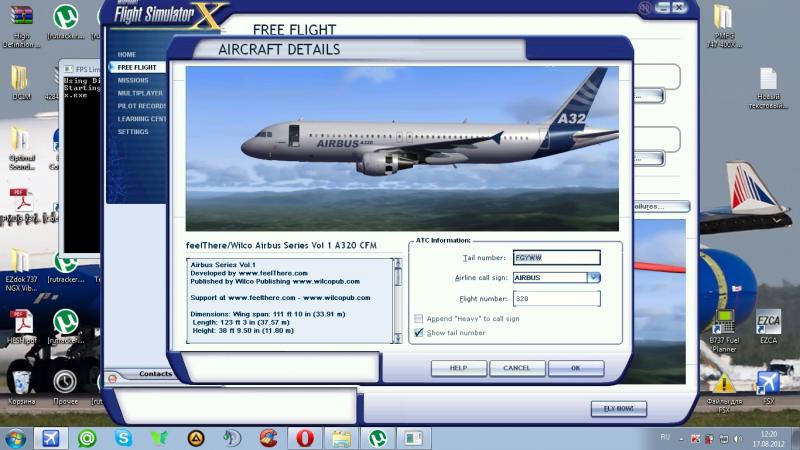
History of flight simulators
First, let’s briefly talk about what these addons were created for.
Arcade (1970-1990)
Heli Shooter (1977)
The first publicly available flight simulators were a variety of arcade machines that only simulated the behavior of an aircraft in the abstract. Even then it was clear that even a person far from aviation was interested in associating himself with a pilot. However, these arcades were not much different from their counterparts, if desired, it was possible to replace the plane with a tank, and the sky on the battlefield, and at the same time the gameplay itself would not change much. This state of affairs continued until 1979 years until an electrical engineer published an article in a local magazine.
Early flight simulators (1979-1989)
Microsoft Flight Simulator 3.0 (1989)
Once upon a time there was Bruce Artvik, he calmly wrote his dissertation on the topic «dynamic flight computer graphics» and, in fact, was far from the then-nascent gaming industry.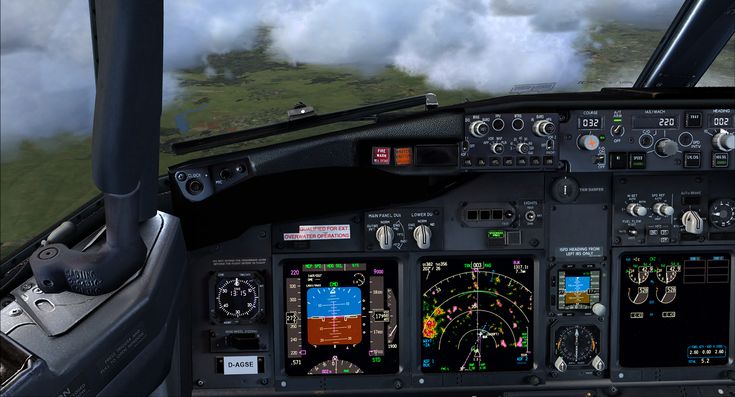 In his work, he considered the possibility of visualizing a flight simulation and wrote a simple program that, in essence, is the progenitor of the first Flight Simulator. And his work would not have gone beyond the scope of a dissertation if Artvik had not published an article about his developments in a couple of magazines. As a result, the editors of these magazines began to call him with a request to give the source code for this program, readers were intrigued by the opportunity to pilot an airplane, albeit an abstract one!
In his work, he considered the possibility of visualizing a flight simulation and wrote a simple program that, in essence, is the progenitor of the first Flight Simulator. And his work would not have gone beyond the scope of a dissertation if Artvik had not published an article about his developments in a couple of magazines. As a result, the editors of these magazines began to call him with a request to give the source code for this program, readers were intrigued by the opportunity to pilot an airplane, albeit an abstract one!
Having understood where the wind was blowing from, Artvik created his own studio subLOGIC and began releasing copies of his own simulator.
subLOGIC Flight Simulator 1 (1979)
His first flight simulator was very simple. Only a first-person view, simple wireframe graphics, low frame rates, but this did not stop Flight Simulator from becoming the best-selling entertainment program for the Apple II in 1981. Unlike arcade machines, Flight Simulator did not have any goals, giving the user complete freedom of action. After selling quite a number of copies, Artvik’s product attracted the attention of a small company from Redmond, MicroSoft. As a result, his next simulator received the already familiar name MicroSoft Flight Simulator or MSFS.
After selling quite a number of copies, Artvik’s product attracted the attention of a small company from Redmond, MicroSoft. As a result, his next simulator received the already familiar name MicroSoft Flight Simulator or MSFS.
You can also remember MicroProse’s F-19 Stealth Fighter, which was dedicated to the fictional F-19 aircraft and is representative of the first military flight simulators.
In 1989, the fourth part of MSFS was released, which in my opinion completes the history of early flight simulators. It was notable for the fact that it had a toolkit for creating custom modifications.
Interesting fact: It was in this part that the first add-ons in the usual sense appeared, which were also produced by BAO Ltd, founded by Artvik.
Dawn of the flight simulators (1993 — 2010)
Golden time for flight simulators. It was during this period that the aviation simmer community was formed. The first large teams creating add-ons appeared, which eventually grew into full-fledged organizations. Wilco (1997), Aerosoft (1991), PMDG (1997), Carenado (2001), Just Flight (1995), Capitan Sim (1999), FS Labs (2000). All these teams exist and still produce content. But more importantly, MSFS has some competition. X Plane (1995 commercial version, 2001 public) and Prepar3D (2010).
Wilco (1997), Aerosoft (1991), PMDG (1997), Carenado (2001), Just Flight (1995), Capitan Sim (1999), FS Labs (2000). All these teams exist and still produce content. But more importantly, MSFS has some competition. X Plane (1995 commercial version, 2001 public) and Prepar3D (2010).
vatsim(2001) and IVAO(1998) were created. Online services, where any person who knows prof. phraseology can fly under the control of controllers or take their role.
The main pillars of flight simulators were also formed:
- The content filling is entirely the responsibility of the community. This includes: scenarios, airports, detailed aircraft models, visuals, sounds, ground services
- Mandatory purchase of «weather», a program that regulates wind speed, cloudiness, pressure, etc.
- Download photo backgrounds. If you have heard that a simulator occupies several terabytes for a person, then most likely they occupy 95% of this volume.

- Long life cycle. From 5 years. “MSFSX has been popular since 2006 until the release of MFS2020. The reason lies in the fifth point.0070
- Flight simulators. Require. A lot of. Money.
It was the need to invest a lot of money on just one flight simulator that created a huge number of problems. The user could not safely switch, say, from MSFS2004 to X-Plane 9, but damn it, he could not even switch to MSFS2006. Firstly, he will not have enough disk space, and secondly, he will lose everything that he managed to accumulate in the home simulator. And he will not be able to use X-Plane, because without all the necessary additions, he is just a scorched desert without planes … but with good physics. As a result, the community was divided into three camps MSFS | X Plane | Prepar 3D, which, in the best traditions of console wars, sling mud at each other to this day. Only the participants in these Internet battles will be twenty years older.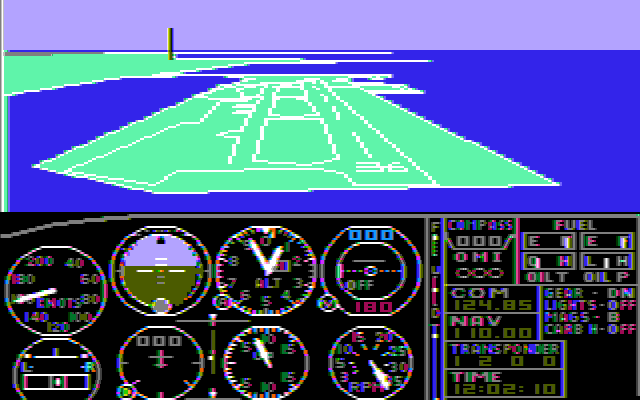
All of the above factors led to the next stage, in my opinion.
Stagnation (2010 — 2020)
Prepar 3D v4
Stagnation began with such a misunderstanding as Microsoft Flight. The name itself warned that it was not worth waiting for something good, and in the end it happened. Microsoft Flight was created only to rip off money from the casuals and did not represent anything intelligible. The only thing he managed to do was bury the MSFS series for ten years.
X-Plane and Prepar 3D, although they were competitors to each other, but in the end each carved its own niche. And as we know, the lack of competition never bode well, this time was no exception. The Aviasimer community went into stasis from which it is still emerging.
Zibo Boeing 737 (c)
Worth noting Zibo b737 for X-Plane 11. A free add-on that replaced x737, but quickly surpassed it in all aspects and over time became just as good as its paid counterparts.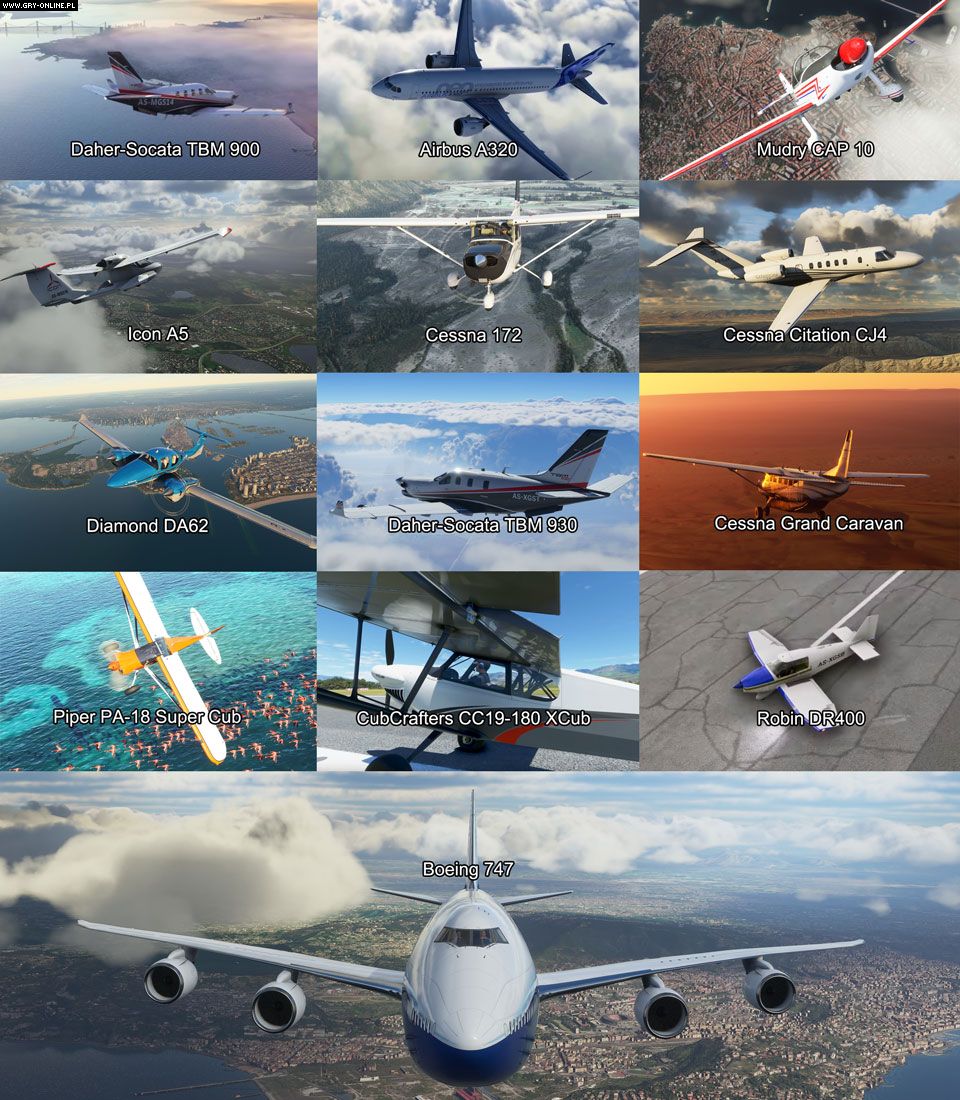 It has become a guide to the world of flight simulators for many thousands of new sims, including me.
It has become a guide to the world of flight simulators for many thousands of new sims, including me.
The ice broke at E3 2019 when, unexpectedly for everyone, MFS2020 was announced.
Our time (2020 — 20xx)
Oh… how much bile flowed on MFS2020 at its launch. No matter how they called it, and the arcade, and the second Microsoft Flight, and the reskin of MFSX, but I think everyone recognized that MFS2020 gave a strong kick to other flight simulators.
Of the five pillars given earlier, only two remain, these are a long life cycle and dependence on third-party content, and even then, the developers are constantly adding new airports and scenarios.
The reaction to this was not long in coming and shortly after the release of MSFS2020, X-Plane 12 was introduced, which should also relieve new users of the need to pay for the weather and download photo backgrounds.
What is a flight simulator?
Earlier, I already gave some theses related to flight simulators, but let’s talk about them in more depth.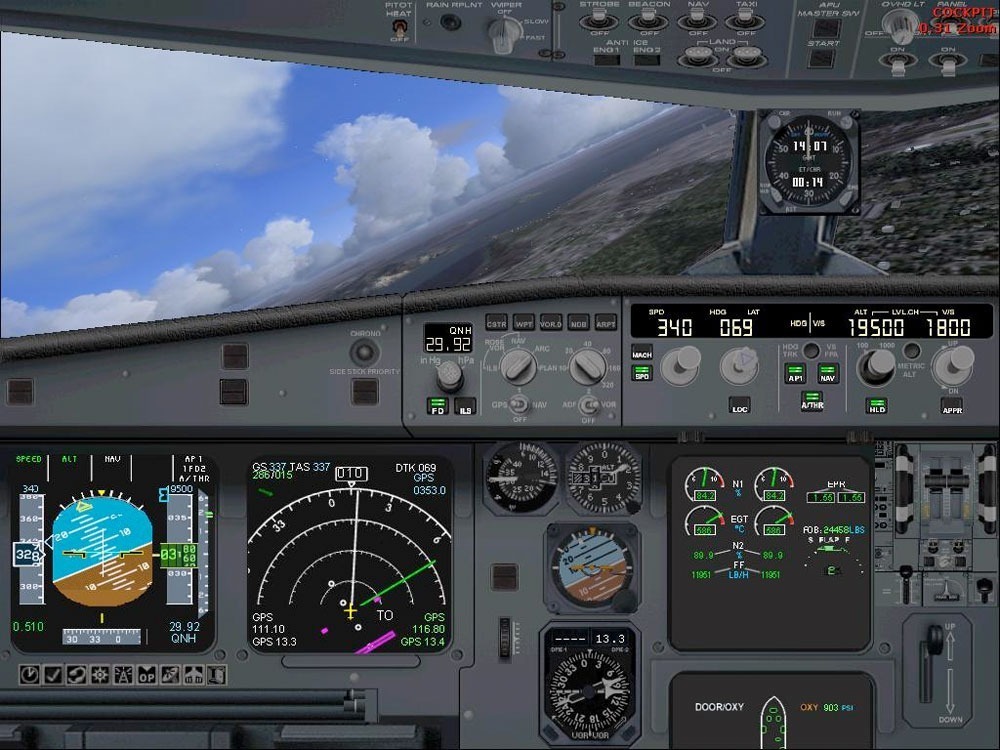
Flight Simulator is software that provides developers with the tools to recreate content or systems related to aviation in one way or another. The richer the toolkit, the better the flight simulator is considered. However, this is only on paper, because someone else should use this toolkit. To do this, flight simulator developers need to create a favorable environment for third-party teams to start investing their money and time in developing content for this simulator. This is achieved in different ways, I can give an example:
- Powerful SDK and detailed documentation.
- Own marketplace for third-party addons.
- Providing access to beta versions of the simulator.
- Ability to quickly get feedback from the developers of the simulator.
- Direct sponsorship of third-party content developers.
- Promotion of third-party add-ons by developers.
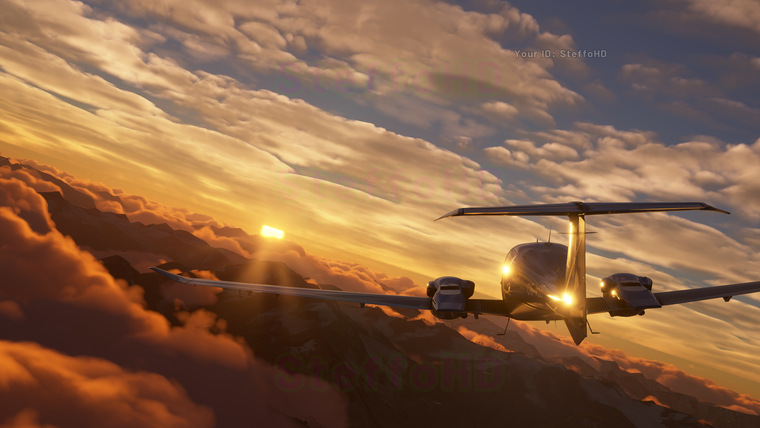
As practice has shown, if you do not use several methods at once, then the project is unlikely to be able to compete with the leaders in this industry, Aerofly is proof of this, the developers of which are not yet big enough to afford to build a platform around the simulator.
In contrast to this, there are such mastodons as MFS, X-Plane, Prepar3D, DSC who have all this and exploit it with varying degrees of success. MFS has an in-game marketplace and promotes addons well, but is inferior to X-Plane in terms of SDK quality. And next to them stands Prepar3D, created by one of the largest US military concerns and which is aimed primarily at pilot training, and then at the entertainment segment and has higher requirements for third-party content.
As for the technical part, the simulator is mainly required to:
- Ability to work with navigation databases.
- Creation of inputs/outputs for third-party software.
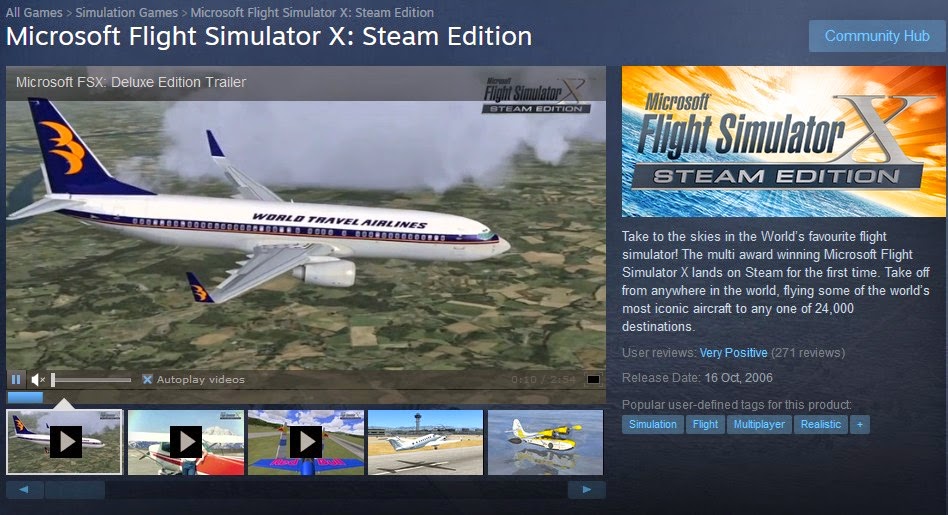
- Create a general physical model.
Everything else can already be outsourced.
Summing up, we can say that the main product is not important, how important is the «ecosystem» built around it. However, why can’t platform owners create this content themselves, in theory this would make it possible to get rich if it were possible to establish internal production and become independent from the rest, but what prevents them? And here we will slightly open the screen.
Flight simulator content development specifics
What stops large companies on the path to self-sufficiency, why even such a large studio as ASOBO with the support of Microsoft cannot do without “content makers” that are sometimes annoying for them
I will not beat around the bush, the answer to this question is Documentation.
To make a good aircraft for a flight simulator, you need to understand how it works, understand how it works very deeply, well, that’s just incredibly deep. Sometimes, in order to understand why this or that LED lights up, you need to find out how the combination of several systems works at once, but this is not possible, since none of the airlines is ready to merge their technical equipment to anyone. documentation. For this reason, default aircraft are not famous for their systems development. Their developers can only blindly repeat everything they saw on their references. But then why are third-party developers able to recreate aircraft «in all their being»?
Sometimes, in order to understand why this or that LED lights up, you need to find out how the combination of several systems works at once, but this is not possible, since none of the airlines is ready to merge their technical equipment to anyone. documentation. For this reason, default aircraft are not famous for their systems development. Their developers can only blindly repeat everything they saw on their references. But then why are third-party developers able to recreate aircraft «in all their being»?
You must have heard the news somewhere that one of the developers of Eagle Dynamics was arrested because he «stole» secret F-16 documentation. So woooo, before that Eagle Dynamics had already created more than a hundred add-ons and it is obvious that for every previously created aircraft they had similar documentation and it only surfaced during the development of the F-16.
This is the situation in all the studios I was in, they all had documentation that they shouldn’t have.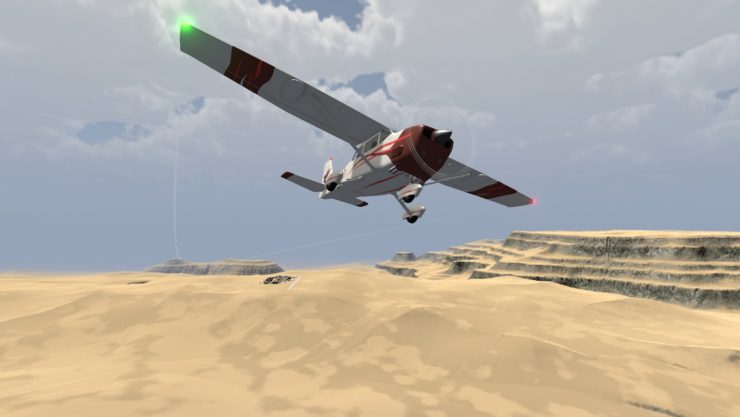 And this is probably the main stumbling block for large organizations, because of which they cannot produce smaller team-level content. They are simply not allowed to risk their name and reputation.
And this is probably the main stumbling block for large organizations, because of which they cannot produce smaller team-level content. They are simply not allowed to risk their name and reputation.
Aviasimer Community
Before talking about the creators of addons, let’s talk about those who use them.
The Aviasimer community is very controversial. At first glance, it seems extremely inhospitable and toxic. Don’t expect someone to answer obvious questions, most likely you’ll just be sent a link to FCOM and told to look through thousands of pages of documentation for an answer. Therefore, the threshold for entry into flight simulators is very high, it is unlikely that someone who wants to just fly a tsesna will want to study tons of documentation and watch hours of training videos for real pilots. Therefore, most people who have tried out such a genre as a flight simulator for the first time are simply frightened by the amount of information that needs to be studied and leave.
Now things are better with this than a couple of years ago (thanks again to MFS for the influx of new simmers). On YouTube you can find many quality guides, many of which are in Russian. But still, the amount of information that needs to be studied is very large.
However, all this is easy to learn if only one condition is met. You just need to love aviation , not just be interested, but exactly what to love. Get high from the fact that you have learned something new, be interested in history, plane crashes, and in general everything that stays in the air for more than a couple of seconds. Perhaps I went too far and just being interested in aviation will be more than enough, but this does not change the essence, you should enjoy what you do.
Interesting fact: In order to improve the quality of MFS2020, ASOBO management paid the developers a flight school and supported their interest in aviation in every possible way, thereby raising the team’s professionalism.
In this regard, flight sims are like fans of historical reenactments, they also read a ton of literature, they also attend themed events and also try to create the most immersive experience for themselves.
It should also be noted that the flight simulator community is very hardworking. It is not uncommon for local craftsmen to release patches faster than developers, and the amount of amateur content they create is always colossal. Sometimes such craftsmen combine their efforts and then there is no small chance that their cooperation will grow into something more.
Addon creators
Some people love jogging in the morning, some enjoy a picnic in the park, and some have fun making hydraulic fluids flow realistically from reservoirs.
Creators of flightsim addons, who are they? Having pondered this question myself, I can say with talcum confidence that they are enthusiasts of .
Their goal is to strive for maximum realism, whether it’s a folding table or a glide slope system, everything must work reliably inside the simulator.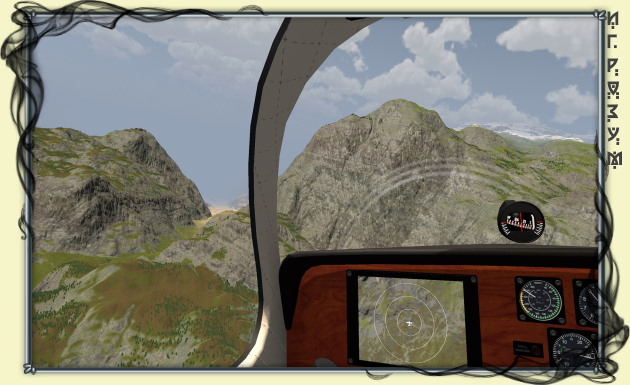 Unlike the gaming industry, where excessive realism only harms the gaming experience, in simulators this approach is welcome. If the operation of a real aircraft is inconvenient and counter-intuitive, then its virtual copy must convey the same experience. However, not everyone follows this philosophy, for example, Carenado, which almost always sells aircraft only superficially, often killing the individuality of each aircraft.
Unlike the gaming industry, where excessive realism only harms the gaming experience, in simulators this approach is welcome. If the operation of a real aircraft is inconvenient and counter-intuitive, then its virtual copy must convey the same experience. However, not everyone follows this philosophy, for example, Carenado, which almost always sells aircraft only superficially, often killing the individuality of each aircraft.
Wardrobe from Ikea bi like
For this reason, developers have to constantly contact those. documentation. And the more of those. documents can be obtained, the better the final product will be. Usually this point becomes a stumbling block for new teams, since they still do not have access to the right people, and the cat has cried in the reference network. In such cases, you have to make a naked model based on YouTube videos and look for how to get the coveted pfd files.
When the documentation is finally found, the active development phase begins.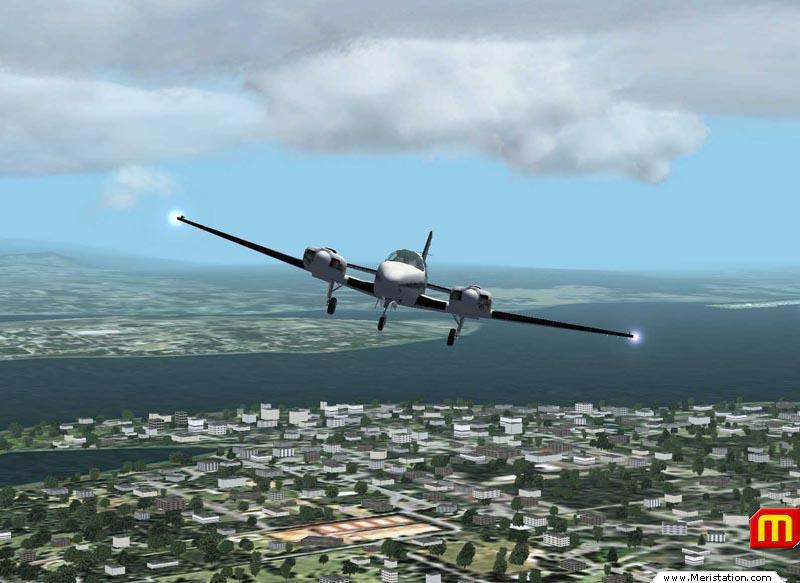 The architecture of the aircraft is discussed, how deeply the systems will be implemented, what things will be taken from outside, and what will be written from scratch, etc. It plays a very important role under which simulator the model is made, for example, MFS has a rather controversial SDK, so some systems can ignored intentionally, for this reason, the weather radar has not yet been implemented in any third-party liner.
The architecture of the aircraft is discussed, how deeply the systems will be implemented, what things will be taken from outside, and what will be written from scratch, etc. It plays a very important role under which simulator the model is made, for example, MFS has a rather controversial SDK, so some systems can ignored intentionally, for this reason, the weather radar has not yet been implemented in any third-party liner.
Throughout this article, I often mention systems. He wrote that they are deep, that they are complex, but I did not write what exactly they are. So, now I’m going to breathe a little. In aviation, until 2015, they used such a thing as ATA100, the documentation standard for commercial aircraft. At its core, this is a complete list of aircraft systems. We use this list to look for things that interest us, it also helps to determine where one system ends and another begins.
Each system, in addition to being quite a complex thing in itself, is also closely related to other systems. I will give an example:
I will give an example:
I’m just a modeler, so don’t judge too harshly.
The pilot is just about to move the pedal, at which point the PTLU (Pedal Travel Limit Unit) which consists of two computers and is therefore dependent on the electrical system, creates a force feedback to create an «artificial feel» for the pilot’s feet, and move the pedals to the current trim deflection . The pilot has not yet touched the pedals, but they are already in the trim position and are ready to apply tension to the pilot’s legs to simulate the heaviness of the controlled planes. And now the pilot starts to press the pedal, the signal from this goes to the FAC (Flight Augmentation Computer — the computer responsible for the rudders, of which there are also two), where corrections from the yaw damper are added. After that, the signal is checked by the RTLU (Ruder Travel Limit Unit) and only after that the rudder changes its position.
What it looks like inside the simulator
In the example, immediately activated: ATA 22 (autopilot), ATA 24 (power supply), ATA 27 (control surfaces), ATA 29 (hydraulics), ATA 31 (data output to the display).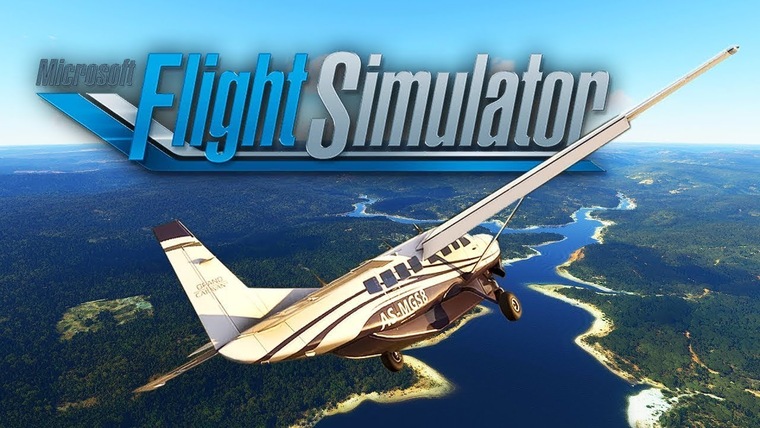 As previously stated, all these systems revolve around and depend on each other, forming an intricate web that we developers need to unravel and, if approached responsibly, then the aircraft will begin to come to life in the development process.
As previously stated, all these systems revolve around and depend on each other, forming an intricate web that we developers need to unravel and, if approached responsibly, then the aircraft will begin to come to life in the development process.
Some may wonder if the airlines are against the fact that some «nerds» on the Internet copy their planes and get paid for them. The answer will depend on what kind of aircraft you make and how famous your team is. For example, I applied to Pilatus for permission to use their trademark and they approved my request without any requirements. Others may be less forgiving, so inside many models you can find changed logos and naming, and do not care that everything else is a blueprint. Well, or you can pay a percentage of sales, which is usually done by top teams.
AIRSUS A380X
It can also be noted that most of the top teams consist of less than 20 people. The aviation sim community is quite narrow and, accordingly, the profit from the sales of addons is not the largest, which does not allow hiring a large staff of employees.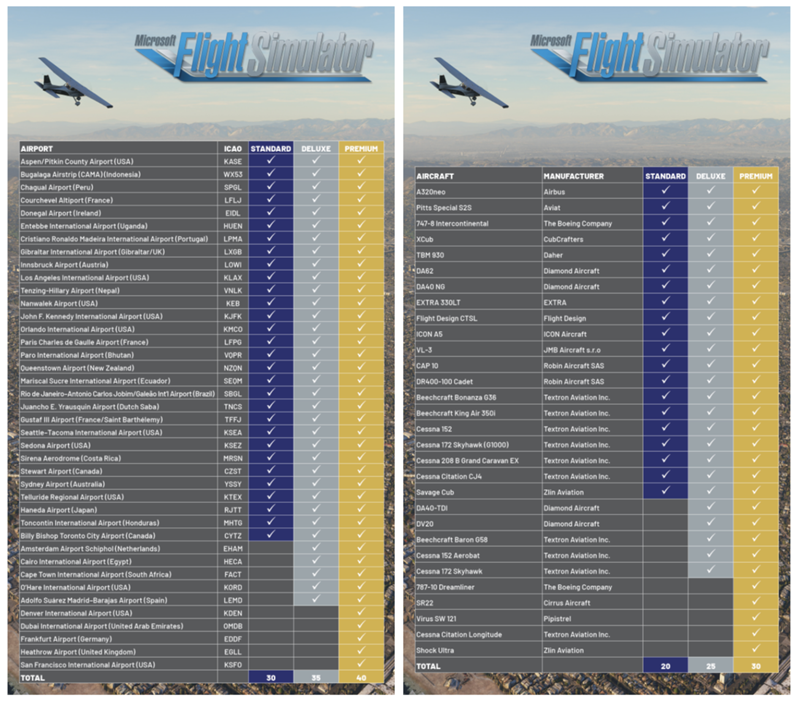
Interesting fact: PMDG is one of the most experienced and well-known teams, but it has only 8 employees.
In contrast to this are open-source teams that receive the main income from crowdfunding and where wages are much lower, which, however, allows them to take on board dozens of less experienced developers.
There are other destinations besides airplanes. Airports, plug-ins, ground services and much more, but I have no experience in developing them, and there is essentially nothing to talk about them, but it would not be right not to mention them.
Finally
While writing this article, we have already released X-plane 12 and announced Prepar3D v. 6. So the flight simulator industry does not stand still, but confidently keeps pace with the times.
Thanks to everyone who read this article to the end. If you have a question, you can write it in the comments, I will try to answer it.
P.S. If someone in the studio needs a modeler or Junior Unity Developer, then I am open to suggestions)
P. S.S. I am publishing for the second time, only now on my own blog, so as not to disturb anyone
S.S. I am publishing for the second time, only now on my own blog, so as not to disturb anyone
The first S7 Airlines online flight will take place in the new version of the Microsoft Flight Simulator
S7 Airlines, a member of the oneworld® global aviation alliance, and Microsoft offer all aviation lovers the opportunity to see the flight through the eyes of a professional pilot in the long-awaited continuation of the well-known series of civil flight simulators Microsoft Flight Simulator. The online flight of S7 Airlines from Moscow to Innsbruck is scheduled for September 4 at 18:00 Moscow time in the airline’s community on VKontakte.
Without a doubt, among the travelers there are those who are seriously interested in aviation, and those who would be curious to know the intricacies of the complex and interesting profession of a pilot. Participants of the online flight will not only have a fascinating spectacle, but also an interesting discussion: well-known bloggers and experts from the aviation community will gather on board the airliner. During the broadcast, the presenter and pilot of S7 Airlines, using the example of an online flight to Innsbruck, will discuss how different processes are arranged in flight, what factors are taken into account by the aircraft commander when making certain decisions.
During the broadcast, the presenter and pilot of S7 Airlines, using the example of an online flight to Innsbruck, will discuss how different processes are arranged in flight, what factors are taken into account by the aircraft commander when making certain decisions.
Innsbruck is one of the most difficult airports in the S7 Airlines route network. Flights to this airfield are performed only by pilots who have received a special permit. Tucked away in the Tyrolean Alps, it succumbs to the challenging weather conditions of the mountainous landscape, while the short runway and approach features require exceptional craftsmanship. With all the difficulties, it is also one of the most beautiful routes.
Microsoft Flight Simulator is the continuation of a series of civil flight simulators developed by Microsoft together with the Asobo studio. One of the distinguishing features of the new Microsoft Flight Simulator is realistic graphics and detailed earth landscapes. Thanks to the Microsoft Azure cloud and integration with the Bing Maps mapping service, users will be able to visit anywhere in the world and land at one of the 37,000 airports in the world.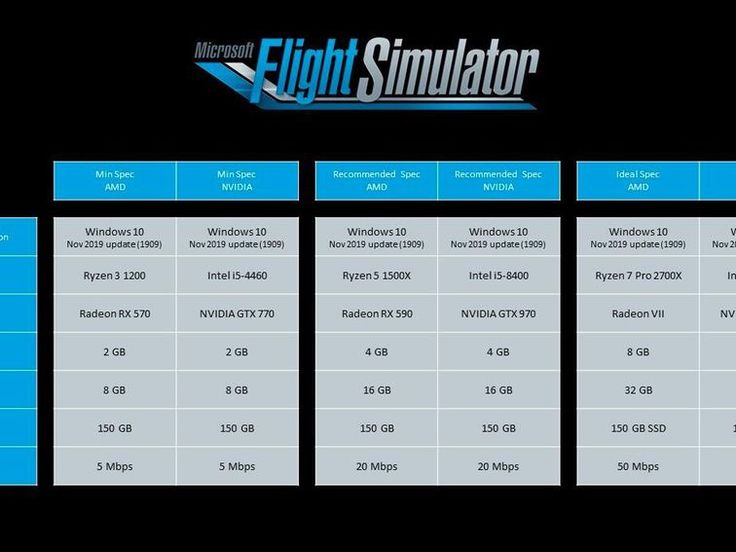 The technologies in the game also provide features such as, for example, the simulation of realistic aircraft control physics, taking into account weather, flight speed, overboard temperature and other factors. In the near future, S7 Airlines branded livery will appear in Microsoft Flight Simulator.
The technologies in the game also provide features such as, for example, the simulation of realistic aircraft control physics, taking into account weather, flight speed, overboard temperature and other factors. In the near future, S7 Airlines branded livery will appear in Microsoft Flight Simulator.
During the broadcast, S7 Airlines will raffle among viewers three certificates for flying on a real flight simulator at the airline’s S7 Training center, as well as three certificates with a face value of 10,000 miles from the S7 Priority loyalty program.
Microsoft Flight Simulator is available now for Windows 10 PC users, and Xbox Game Pass for PC (Beta) subscribers with Xbox Game Pass Ultimate can download the game for free.
Tickets for S7 Airlines flights can be purchased on the website www.s7.ru, through applications for iPhone and Android, and at all sales offices. You can also find out the exact information about flights, book and buy tickets by calling the airline’s contact center.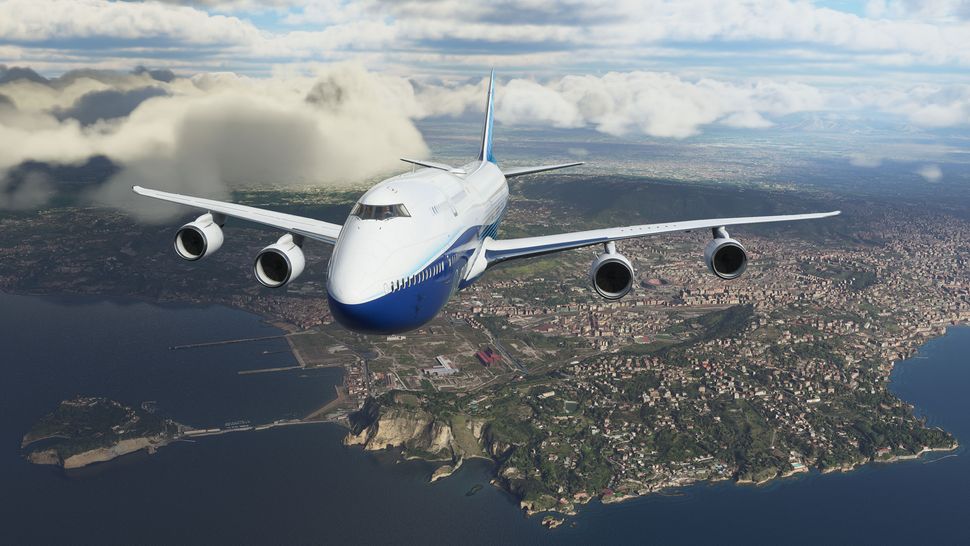
S7 Airlines (brand of Siberia Airlines) is a member of the oneworld® global aviation alliance.
The airline has a wide network of domestic routes built on the basis of air transport hubs in Moscow (Domodedovo) and Novosibirsk (Tolmachevo). S7 Airlines operates regular flights to the CIS countries, Europe, the Middle East, Southeast Asia and the Asia-Pacific region.
In 2007, the airline received an official IATA notification of being included in the register of operators IOSA (IATA Operational Safety Audit) and became the second air carrier in Russia to successfully pass the full international audit procedure for compliance with operational safety standards.
S7 Airlines uses the latest achievements of the global aviation industry in passenger service and actively develops the service.
S7 Airlines currently has the most modern aircraft fleet on the Russian air transportation market. All flights of the airline are carried out on aircraft of the world’s leading manufacturers — Airbus, Boeing, Embraer.